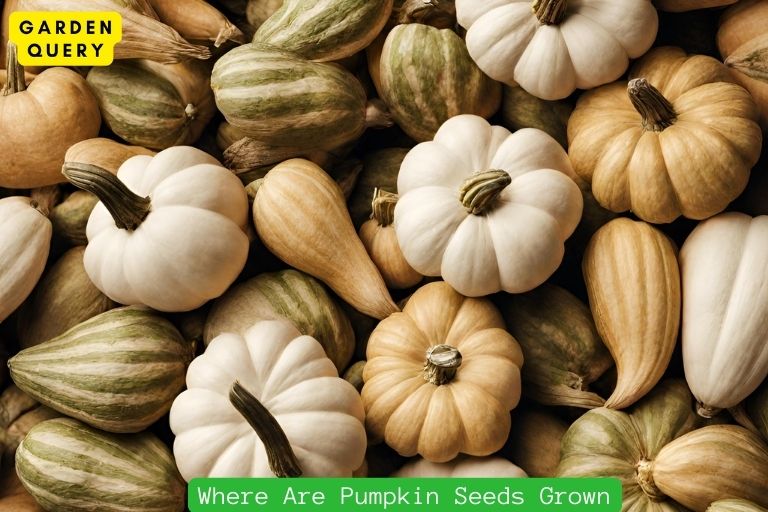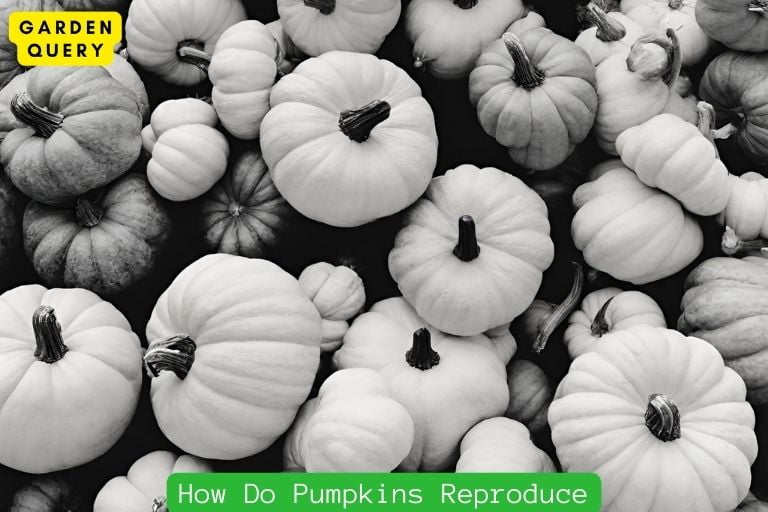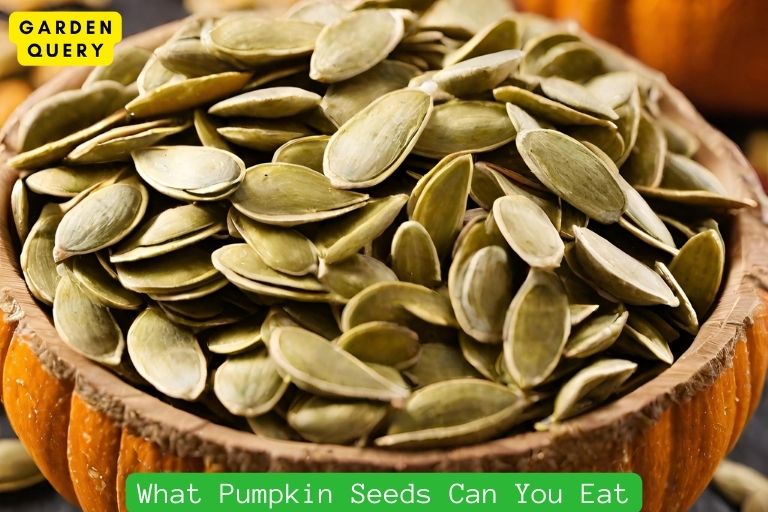Where Are Pumpkin Seeds Grown?
Pumpkin seeds are grown in various regions globally, including North America, Europe, Asia, and parts of Africa.
Pumpkin seeds are cultivated in diverse climates, thriving in regions with moderate temperatures and well-drained soil. They are widely grown in North America, notably in the United States and Mexico, as well as in European countries like Spain and Ukraine. Asia, encompassing countries like India and China, also fosters significant pumpkin seed production. Additionally, parts of Africa, such as Egypt, contribute to the global cultivation of these seeds. The adaptable nature of pumpkins allows for cultivation in numerous countries worldwide.
Key Takeaway
Global Cultivation of Pumpkin Seeds
Pumpkin seeds, also known as pepitas, are grown in various regions around the world due to their popularity as a nutritious and delicious snack. Let’s explore the global cultivation of pumpkin seeds and the key players in this industry.
One of the prominent regions for pumpkin seed cultivation is North America, particularly in the United States and Mexico. The state of Illinois in the U.S. is known for its vast pumpkin farms, producing high-quality seeds that are exported worldwide. Mexico, on the other hand, has a long history of pumpkin cultivation, with regions like Oaxaca and Yucatan being major contributors to pumpkin seed production.

In Europe, countries like Austria, Hungary, and Slovenia have a rich tradition of growing pumpkins and producing pumpkin seeds. The Styrian region in Austria, in particular, is renowned for its pumpkin seed oil, which is made from roasted pumpkin seeds and is highly valued for its nutty flavor. Hungary is known for its production of hulless pumpkin seeds, which are popular in snacks and baking. And in Slovenia, a significant amount of pumpkin seeds are grown, with many local farmers contributing to the industry.
Moving on to Asia, China stands out as a significant player in pumpkin seed cultivation. The country has a large-scale production of pumpkin seeds, contributing to both domestic consumption and international trade. Chinese pumpkin seeds are known for their distinctive taste and are widely used in traditional Chinese cuisine.
South America also plays a role in the global pumpkin seed industry, with Argentina being a notable producer. The country’s favorable climate conditions allow for the cultivation of high-quality pumpkin seeds that are enjoyed locally and exported to different parts of the world.
Australia, in the Oceania region, has seen an increase in pumpkin seed cultivation in recent years. Local farmers have recognized the demand for pumpkin seeds and have started to establish pumpkin farms for commercial production. The seeds produced in Australia are gaining popularity for their nutritional value and unique taste.
In conclusion, pumpkin seeds are cultivated in various regions across the globe, each contributing to the global market with their unique flavors and characteristics. From North America to Europe, Asia, South America, and Oceania, pumpkin seed production is a thriving industry that continues to meet the demand for this nutritious snack. Whether you enjoy them roasted, seasoned, or raw, pumpkin seeds are a versatile ingredient that can be found in pantries and enjoyed by people all around the world.
Key Growing Regions
Pumpkin seeds are grown in various regions around the world, with specific areas known for their high-quality seed production. Here are some of the key growing regions for pumpkin seeds:
North America: The United States and Canada are significant producers of pumpkin seeds. In the US, states like Illinois, Texas, Ohio, and California are known for their pumpkin seed cultivation. Similarly, in Canada, provinces like Ontario and Manitoba have favorable growing conditions for pumpkins and their seeds.
Europe: Several European countries are renowned for their pumpkin seed production. Austria is particularly famous for its Styrian pumpkin seeds, known for their dark green color and rich flavor. Other European countries including Hungary, Slovenia, and Romania also have a strong tradition of growing pumpkin seeds.
Mexico: Mexico is one of the largest producers of pumpkin seeds, known as pepitas. In Mexican cuisine, pepitas are commonly used in sauces, snacks, and various dishes. The warm climate and fertile soil make Mexico an ideal region for growing pumpkins and their seeds.
Australia: Australia has started to gain recognition for its pumpkin seed production. The country’s cooler regions, such as Tasmania and Victoria, provide favorable conditions for growing pumpkins and their seeds. Australian-grown pumpkin seeds are becoming increasingly popular due to their high quality and nutritional value.
Asia: China and India are significant pumpkin seed producers in Asia. In China, provinces like Heilongjiang, Sichuan, and Shanxi are known for their pumpkin cultivation. In India, the states of Uttar Pradesh, Maharashtra, and Karnataka have favorable climate conditions for growing pumpkins and their seeds.
South America: Peru and Argentina are notable pumpkin seed producers in South America. In Peru, regions like Cuzco and Cajamarca are known for their high-quality pumpkin seeds, which are exported to various parts of the world. Argentina also has a growing pumpkin seed industry in the provinces of Buenos Aires and Mendoza.
These are just a few of the key regions where pumpkin seeds are grown. The specific climate, soil conditions, and agricultural practices in each region contribute to the unique characteristics of the pumpkin seeds produced there. Whether you enjoy them as a healthy snack or use them in your cooking, knowing where pumpkin seeds come from adds an interesting dimension to their value and flavor.
Climate and Soil Requirements
When it comes to growing pumpkin seeds, understanding the climate and soil requirements is crucial for a successful harvest.
Pumpkin plants thrive in warm climates with a long growing season. Ideally, they need temperatures between 70 and 90 degrees Fahrenheit (21-32 degrees Celsius) for optimal growth. While they can tolerate some cooler temperatures, frost can be detrimental to the plants. Therefore, it’s important to time the planting accordingly and protect the young seedlings from any potential frost.
In terms of soil, pumpkins prefer well-drained soil that is rich in organic matter. The soil should have a pH level between 6.0 and 7.5, which is slightly acidic to neutral. Before planting, prepare the soil by loosening it and removing any weeds or rocks. Adding compost or well-rotted manure can improve the soil’s fertility and help retain moisture.
Pumpkin plants have extensive root systems, so it’s important to provide enough space for the roots to grow. Rows should be spaced about 6 to 8 feet apart, and within the rows, allow around 3 to 5 feet between plants.
When it comes to watering, keep the soil consistently moist but be careful not to overwater as it can lead to rot or disease. It’s best to water deeply once or twice a week, rather than shallowly and frequently. Mulching around the plants can help retain moisture and also suppress weed growth.
Additionally, pumpkin plants require ample sunlight to thrive. They need at least 6 to 8 hours of direct sunlight per day. Choose a location in your garden that receives adequate sunlight throughout the day.
It’s worth mentioning that different pumpkin varieties may have slightly different climate and soil preferences. Researching the specific requirements of the variety you are planning to grow can help ensure you provide the best conditions for your pumpkin seeds to flourish.
By understanding the climate and soil requirements for growing pumpkin seeds, you can create a favorable environment for healthy plant growth. With proper care, you’ll be rewarded with vibrant and bountiful pumpkin plants that will give you an abundance of delicious seeds.
Harvesting and Production
Once the pumpkin vines have flourished and the pumpkins have ripened, it’s time for harvesting. This typically occurs during the fall season, around September or October, when pumpkins are at their peak of maturity.
To harvest the pumpkin seeds, the pumpkin is carefully cut open, and the seeds are separated from the flesh. It’s important to remove any remaining pulp or stringy bits from the seeds. Many people prefer to rinse the seeds thoroughly to ensure they are clean.
After the seeds are cleaned, they are often spread out on a baking sheet or tray to dry. This allows the seeds to separate and prevents them from sticking together. Drying typically takes several days, and the seeds should be turned occasionally to ensure even drying.
Once the seeds are completely dry, they can be stored in an airtight container. It’s important to keep them in a cool, dark place to maintain their freshness. Pumpkin seeds can last for several months if stored properly.
In terms of production, pumpkin seeds are grown in various parts of the world. However, there are certain regions that are known for their high-quality pumpkin seeds.
Northern America is one of the major regions for pumpkin seed production. The United States, particularly states like Illinois, Ohio, and California, are known for growing a significant amount of pumpkins and producing quality seeds.
In Europe, countries like Austria and Hungary have a long history of cultivating pumpkin seeds. They are especially known for their popular culinary use, where pumpkin seeds are often used as a topping for salads or added to various dishes for added crunch and flavor.
Other regions around the world that grow pumpkin seeds include Australia, China, India, and Mexico. Each region has its own climate and soil conditions that contribute to the quality and taste of the pumpkin seeds grown there.
Overall, pumpkin seeds are widely grown and harvested in many parts of the world. They have become a popular snack and ingredient in various cuisines due to their nutritional benefits and delicious flavor. Whether you’re enjoying them roasted, as a snack, or using them in your cooking, pumpkin seeds are a versatile and nutritious addition to any diet.
Conclusion
In conclusion, pumpkin seeds are grown in many different regions around the world, with the top producers being China, India, Russia, Ukraine, and the United States. Each region has its own unique climate and soil conditions that contribute to the ideal growing conditions for pumpkin seeds.
China, as the top producer of pumpkin seeds, benefits from its vast agricultural land and favorable climate, especially in the northern provinces. India, with its diverse agricultural landscape, also cultivates a significant amount of pumpkin seeds. The warm and tropical climate in India is conducive to growing these seeds.
Russia and Ukraine, both located in Eastern Europe, have suitable conditions with deep and fertile soil. The colder climate in these regions allows the seeds to develop and mature properly. In the United States, states like Illinois, Texas, and Nebraska are known for their pumpkin seed production. The temperate climate and fertile soil make these regions ideal for cultivation.
It’s worth noting that pumpkin seeds can also be grown in many other countries such as Mexico, Argentina, and Canada, albeit in smaller quantities. These regions offer specific advantages in terms of climate and agricultural practices.
Overall, pumpkin seeds are a popular and nutritious snack enjoyed by people all over the world. Understanding where they are grown can provide insights into the different farming practices, regional climate variations, and the diverse global market for this versatile seed.
- Best Therapists In Dallas - February 1, 2024
- Holly Willoughby Husband: Holly Willoughby’s Love Story - January 30, 2024
- Holly Willoughby Dress: 5 Style Secrets and 7 Must-Know Career Milestones - January 30, 2024





